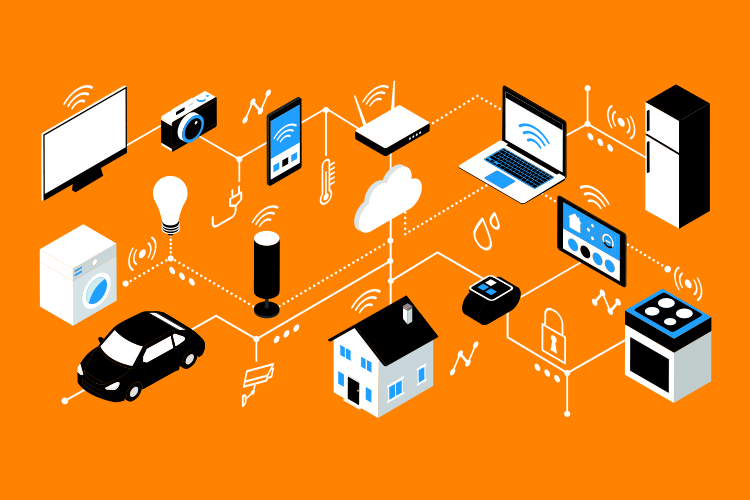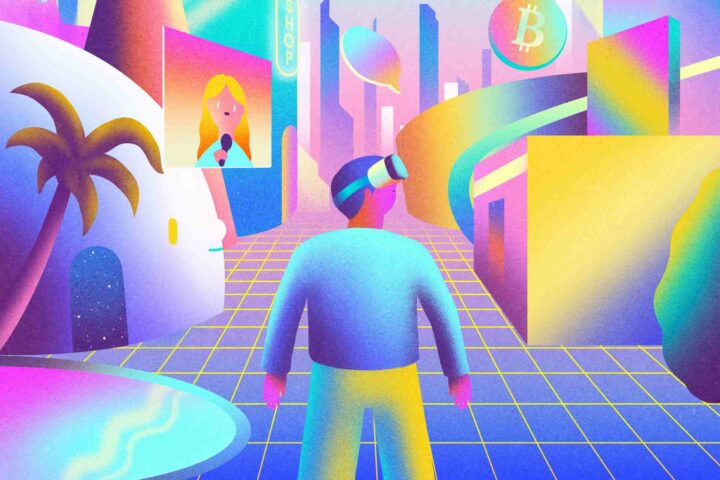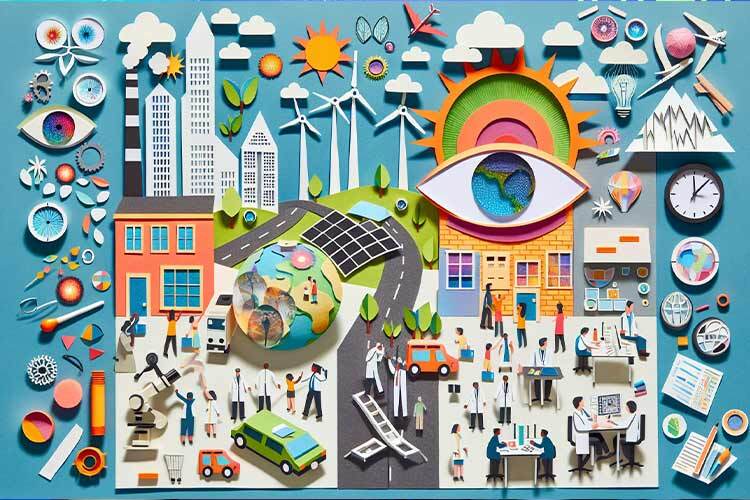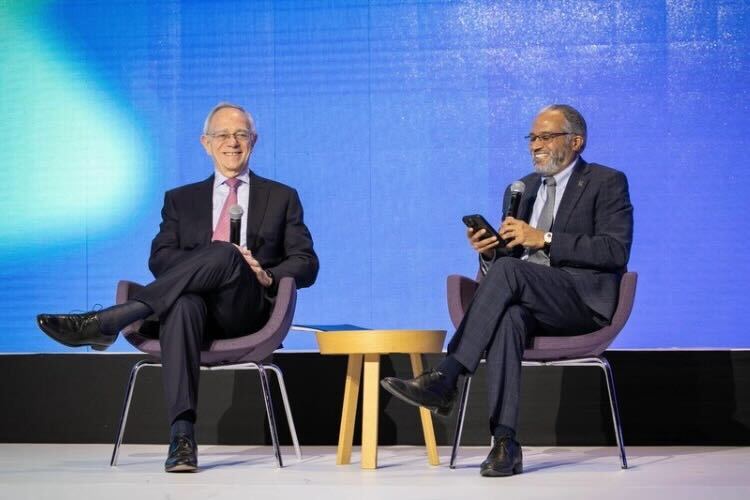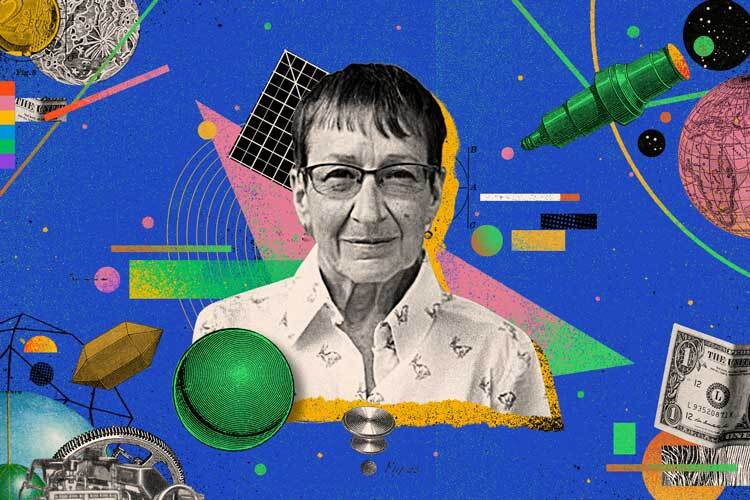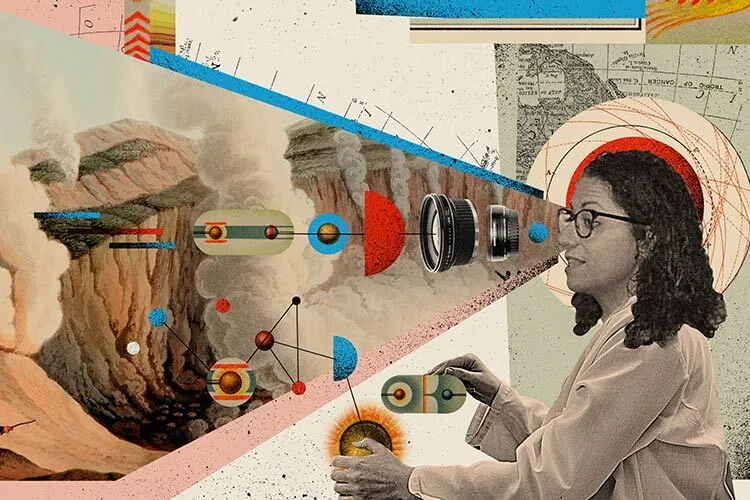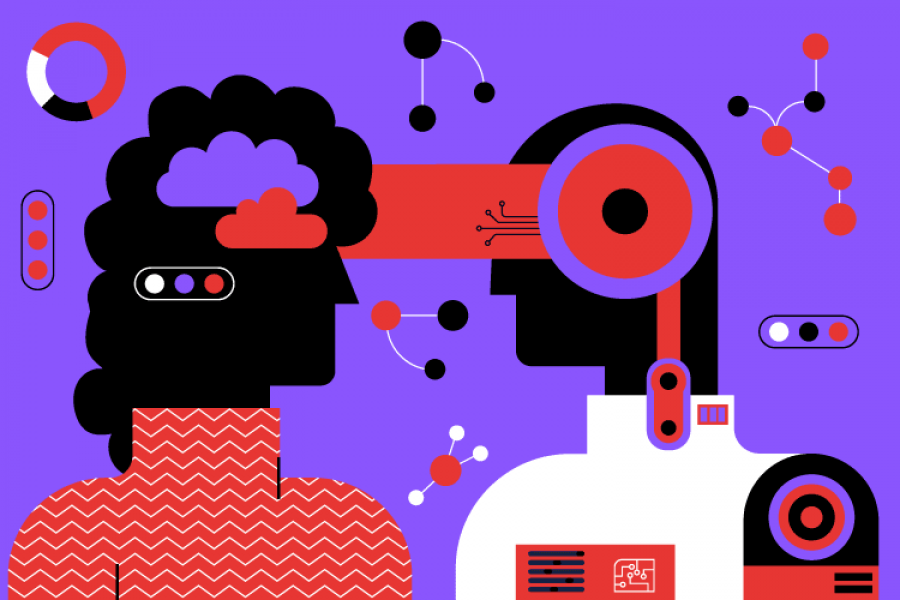Por Iván Alejandro Escobar Broitman*
Let’s start by clarifying things a little. What’s all this about the NFTs (Non-Fungible Tokens) people are always going on about? I’ll try to explain it in just a few lines and, above all, show how this technology will continue to have an ever-greater impact on our daily lives.
NFT metaverse possibilities
Non-fungible is an economic term for an item which cannot be exchanged for another object, as it has unique properties and can only have one owner at a time.
NFTs are cryptographically secure objects that are usually linked to a digital object (but it can also be physical) which provides an ownership certificate. Anyone with an NFT owns a unique digital object: it could be a work of art, a video, or a property.
When an NFT is created, a code is executed that saves who the current owner is to a smart contract. When transferring or selling the NFT, the contract is executed again to transfer it like any other property.
The first NFTs were tokens with contracts on the Ethereum blockchain network, which thrived on platforms like Digital Ocean.
While the Ethereum blockchain is still the most popular for NFTs, its transaction or “gas” fees have become very high, which has led the market to develop NFTs on other blockchain platforms like Cardano and Polygon.
The future of NFTs
NFTs are still in the early stages of development but will contribute to the growth of digital worlds such as the metaverse. At the same time, they’ll replace certain real-world transactions with their digital contracts, facilitating operations and avoiding intermediaries.
Right now, they’re mainly used to sell digital objects: there are artists who no longer produce their creations physically, musicians who no longer require a record label to distribute their content, and writers who no longer need publishers. They can all sell their original products and give them value by creating an NFT with a digital contract.
This means that not only is authenticity guaranteed, but also uniqueness and property value. In the real world, in the future, we’ll be able to use NFTs to sell cars, houses, or carry out any transactions to exchange assets without the need for a third party (notary, agency, bank, etc.), as all the information will be in a digital contract on a public blockchain that has been validated by users and which anyone can have access to.
* Iván Alejandro Escobar Broitman – ITI, ISC, ISDR & INT Degree Program Director, ICT Avenue Director, and ITC & ITD Program Director


